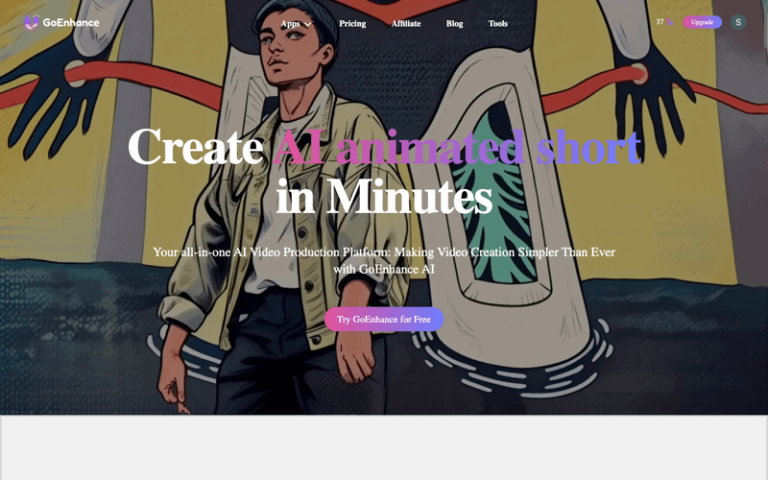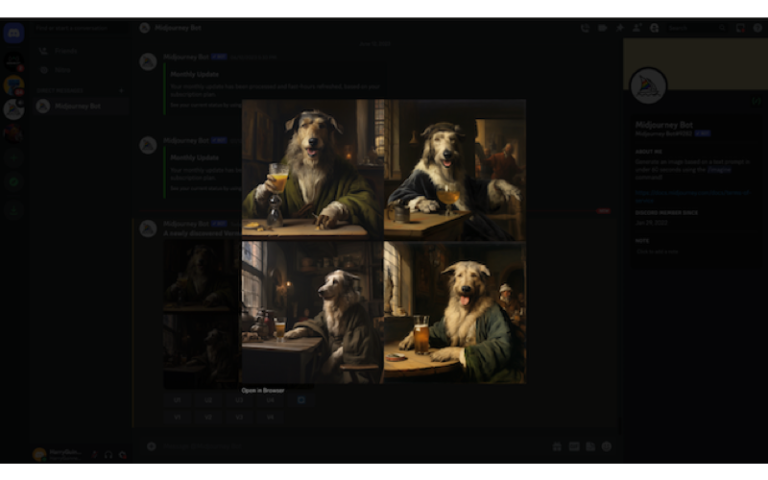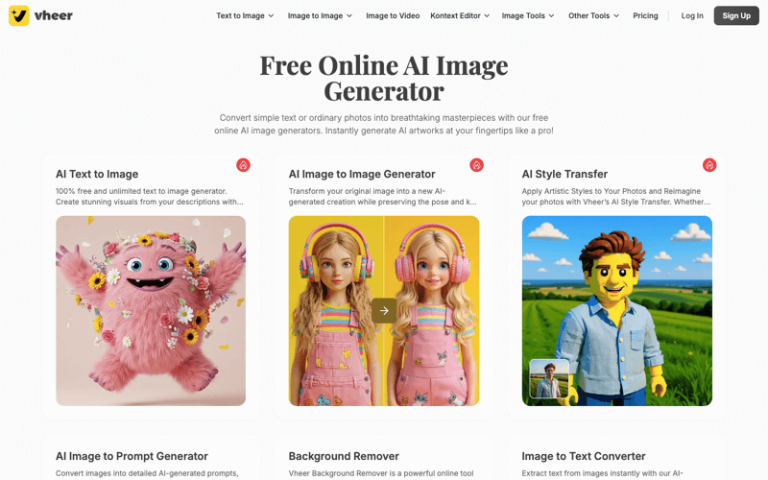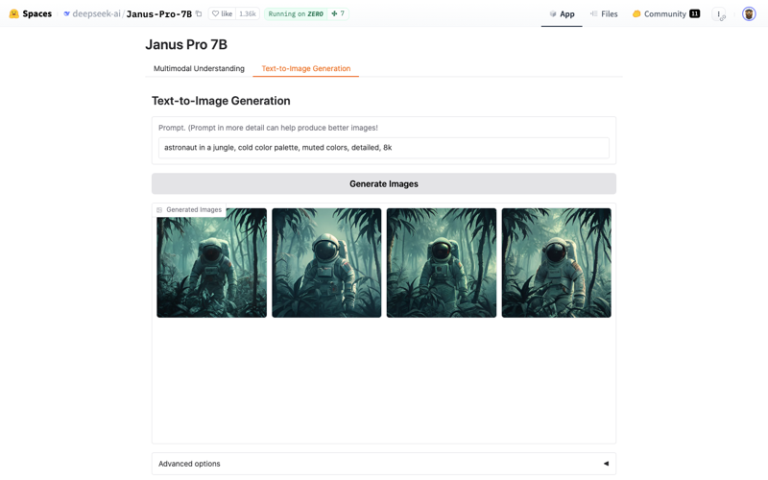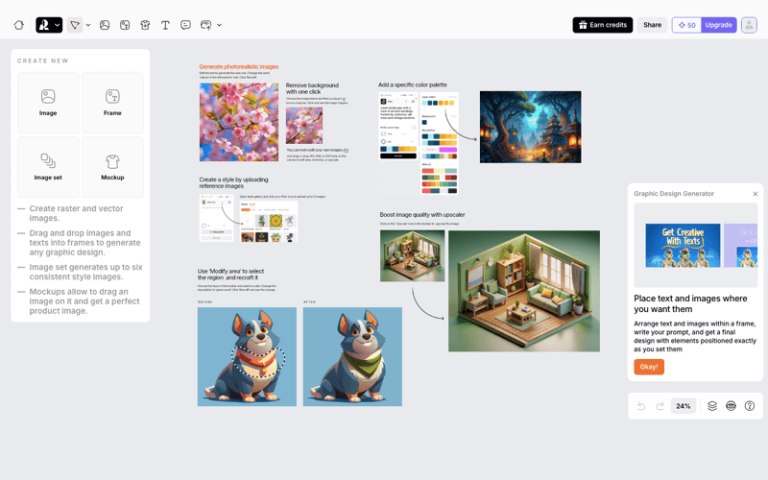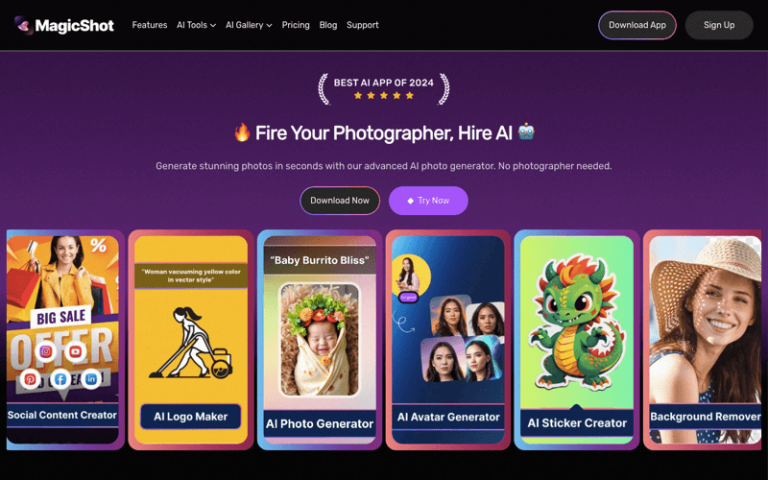Home » AI Tools » AI Image Generator » DALL·E 3
DALL·E 3
Introduction: DALL·E 3, as a potential successor to the original DALL·E model, would probably employ advanced machine learning techniques to generate AI photos.

The Best Alternatives to DALL·E 3
What is DALL·E 3?
DALL·E 3, as a potential successor to the original DALL·E model, would probably employ advanced machine learning techniques to generate AI photos. The foundation of DALL·E 3 would likely be built upon the principles of the original DALL·E, which aimed to generate images based on textual descriptions. Here is a simplified overview of how DALL·E might generate AI photos:
Main Features
- Neural Network Architecture: DALL·E 3 would likely utilize a robust neural network architecture, potentially an enhanced version of the original model, incorporating both transformer-based and convolutional neural network components.
- Training on Extensive Datasets: DALL·E 3 would undergo training on vast datasets consisting of images and their corresponding textual descriptions. This training would enable the model to comprehend the connections between various visual concepts and their textual representations.
- Text-to-Image Synthesis: By leveraging advanced text-to-image synthesis techniques, DALL·E 3 would generate AI photos that align with the provided textual prompt, such as a scene or an object description.
- Feature Representation and Generation: The model would likely combine learned feature representations and generation techniques to produce images that accurately capture the semantic content of the input text.
Pros and Cons
- Image Generation
- Creativity
- Versatility
- Innovative Applications
- Quality Control
- Originality
How to Use DALL·E 3?
- Access DALL·E 3: First, you need to access the DALL·E 3 platform. If you have a subscription to OpenAI’s services, you can typically find DALL·E 3 in the OpenAI dashboard. If you’re using a free service like Bing Image Creator, navigate to the Bing website and find the relevant feature.
- Input Your Prompt: Once you’re on the DALL·E 3 interface, you’ll be prompted to enter a text description, known as a “prompt.” This is a crucial step because DALL·E 3 uses natural language processing to understand your request and generate an image based on it. Be as descriptive as possible, specifying elements like objects, settings, actions, and styles you want to see in the image.
- Generate and Review the Image: After you’ve entered your prompt, submit it to DALL·E 3. The AI will process your request and generate an image. Once the image is generated, you can review it. If you’re not satisfied with the result, you can adjust your prompt and try again. Some platforms may allow you to refine the image further or generate additional variations based on your initial prompt.

